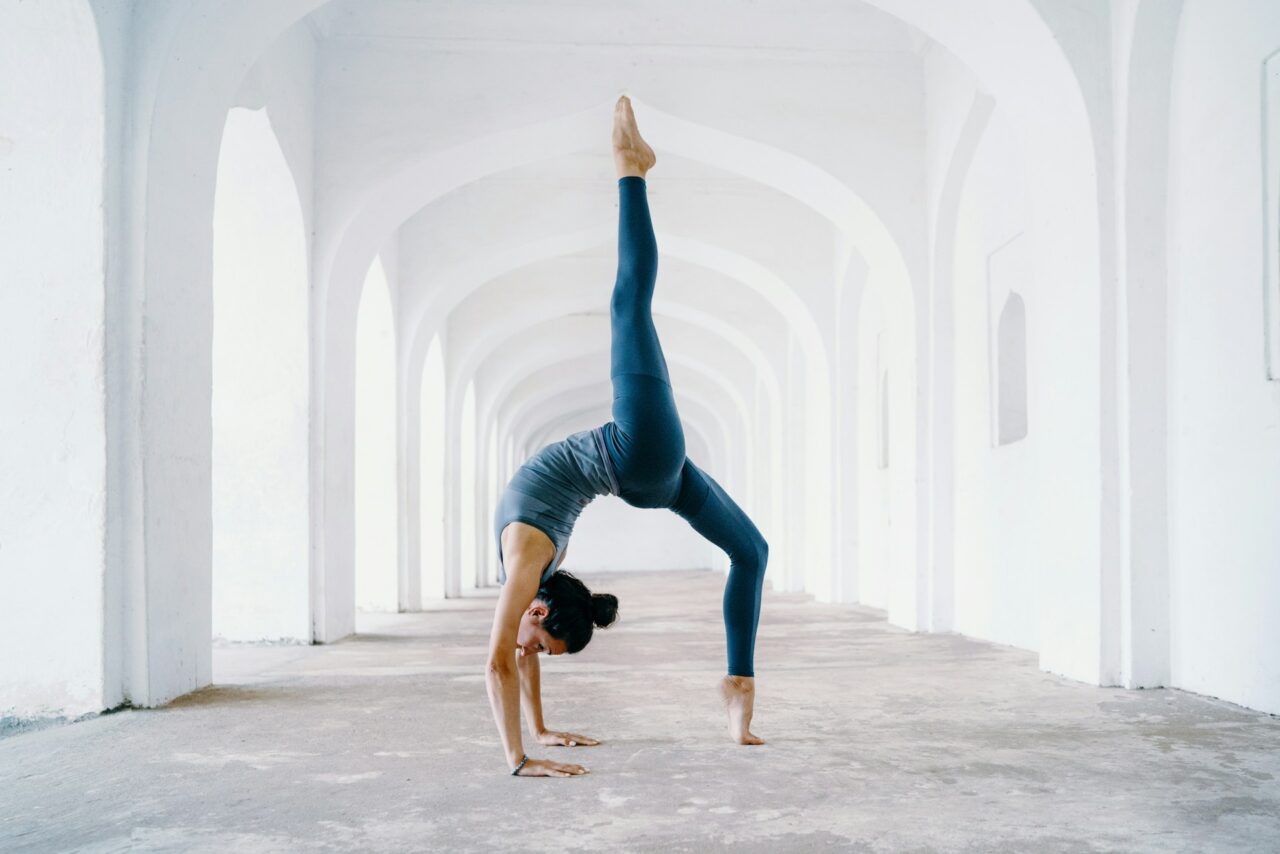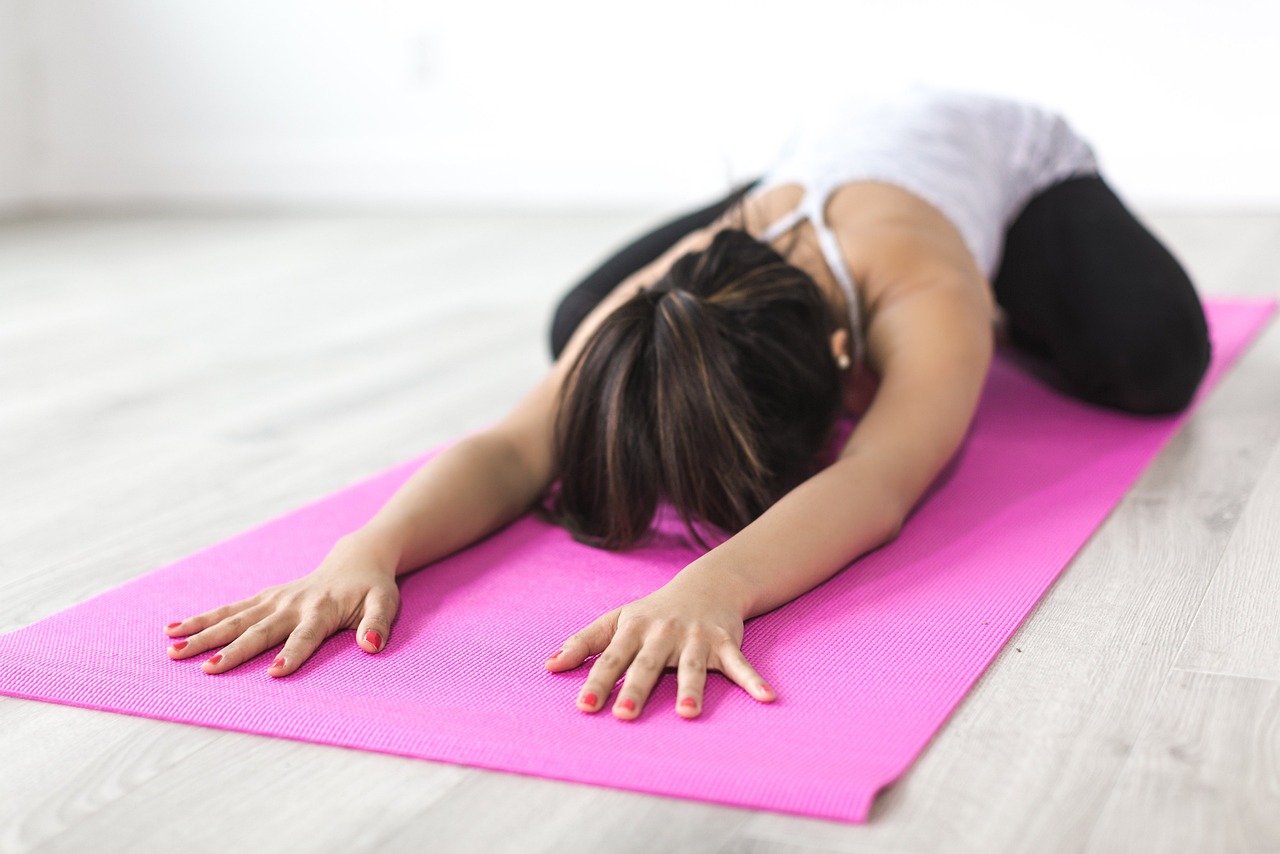Breathing is more than something we do to stay alive. In yoga, it plays a vital role that enhances each stretch and movement. By focusing on breath, yoga practice becomes a holistic experience, enabling individuals to connect deeply with their bodies and minds. Proper breathing can not only make you feel more relaxed but also improve your overall yoga performance. As you inhale deeply, you fill your lungs with energy, and as you exhale, tension floats away.
For many yoga enthusiasts, understanding the importance of breath can transform their practice. Imagine trying to balance in a challenging position; steady breath can be your best ally. Breathing properly helps align your movements, leading to a more effective session. As you become more aware of your breath, you’ll notice an improved connection between your mind and body, encouraging mindfulness in every pose. Whether you’re a newcomer or have been attending Vinyasa yoga classes for a while, exploring breath techniques can elevate your practice to new heights.
Understanding the Basics of Breath Control in Yoga
At the heart of yoga is pranayama, the practice of breath control. Pranayama isn’t just about breathing; it’s about being intentional and mindful with each breath you take. By learning to control your breath, you can influence your physical and mental states, bringing a sense of tranquility to your yoga sessions.
Mindful breathing enhances your connection to the present moment. As you focus on each breath, distractions fade, allowing you to concentrate on the flow of your poses. This concentrated breathing fosters a deeper practice, aligning your movements with your breath and helping to maintain balance and focus.
Key Breathing Techniques for Your Vinyasa Yoga Classes in Quincy, MA
1. Ujjayi Breath: Often referred to as the “ocean breath,” Ujjayi breathing involves inhaling through the nose and exhaling with a slight narrowing at the back of the throat. This produces a soothing sound similar to ocean waves, aiding concentration and keeping your mind calm during practice.
2. Alternate Nostril Breathing: This technique is practiced by closing one nostril at a time while inhaling through the other. It’s known to balance the nervous system and has a calming effect on the mind.
3. Belly Breathing: Belly breathing involves expanding the abdomen as you inhale and contracting it as you exhale. This type of breathing is known to enhance relaxation, allowing tension to release from the body.
Each technique offers unique benefits, helping you to stay centered and relaxed. Incorporating these breathing methods into your Vinyasa practice can support a more focused and grounded experience, allowing you to step off the mat feeling rejuvenated and refreshed.
Incorporating Breathing Techniques into Your Vinyasa Flow
Synchronizing your breath with movement in Vinyasa yoga is an art that maximizes the benefits of your practice. As you move through each pose, your breath acts as a guide, ensuring smooth and controlled transitions. Start by matching your inhales and exhales with the timing of your movements. When you inhale, visualize filling your body with strength for postures that open you up. As you exhale, allow any tension to leave with the breath, especially during twists and folds. This rhythm not only enhances the flow of your practice but also helps maintain focus and stability.
To keep your breath and mind on track, try these simple tips:
– Begin each class with a few minutes of focused breathing. This sets the tone for your practice.
– Use breath counts to maintain steady inhale and exhale durations. Count to four on each inhale and exhale at the very least.
– If your mind begins to wander, gently bring your focus back by tuning into your breath. This is especially helpful in challenging poses.
Breath control also plays an important role in maintaining balance and endurance. By keeping your breathing steady, you can hold poses longer and with more ease. This not only improves your physical performance but also encourages a meditative state, allowing you to find inner peace while you practice.
Enhancing Your Overall Wellness Through Breath Awareness
Improved breathing techniques go far beyond the mat, offering holistic benefits that touch various aspects of life. When you focus on your breath consistently, it can lead to greater mental clarity and reduced stress. Imagine having the ability to clear your mind and feel more present in everyday moments. This calm and focused state can make decision-making easier and life more enjoyable.
The physical benefits are just as impactful. With regular practice, many find that their breathing becomes more efficient, providing more oxygen exchange and boosting energy levels. Over time, consistent practice can enhance mindfulness, making it easier to stay calm under pressure and more adaptable to life’s challenges. Whether you’re dealing with daily stressors, seeking better mental clarity, or aiming for improved physical health, breath awareness is a powerful tool that can support your goals.
Breathe Better, Feel Better: Join Vinyasa Yoga Classes at Quincy Athletic Club
By weaving breathing techniques into your yoga practice, you open the door to a more profound and beneficial experience. Breathing doesn’t just fill your lungs; it enhances every stretch and movement in your practice. You’ll find yourself more grounded, in tune, and ready to face whatever comes your way. By embracing these techniques, you not only improve your yoga practice but also enrich your day-to-day life, bringing a sense of peace and balance to all you do.
Breath awareness is a powerful tool that enhances yoga practice and overall wellness. If you’re ready to explore the benefits of deep breathing and mindful movement, consider joining Quincy Athletic Club for Vinyasa Yoga Classes. Experience a practice that synchronizes breath with motion, fostering physical strength, mental clarity, and inner balance. Embrace a more centered and rejuvenating experience by becoming part of our yoga community today.



